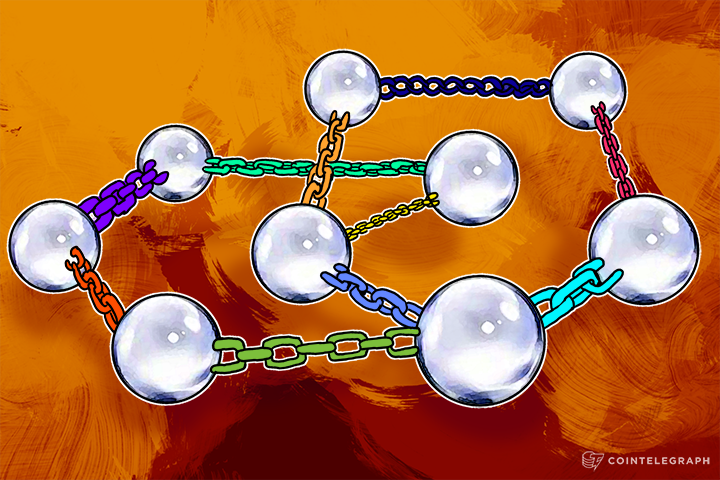Internet of Coins, an organization striving to create an infrastructure that supports inter-blockchain transactions, announced the release of its white paper at the Bitcoin Embassy Amsterdam during its launch party on January 3, 2015.
Newly founded Internet of Coins aims to create a decentralized, self-sustaining economy by connecting different blockchains through a hybrid peer-to-peer meta-network. The system will be offering a peer-to-peer, "inter-systemic and cross-blockchain solution" using "hybrid assets," defined as "a blockchain-agnostic set of tokens allocated on multiple digital value exchanges or multiple blockchains."
"This will solve multiple problems that occur when cryptocurrencies are transacted using trusted third parties like in many exchange and transaction models seen today," explained Internet of Coins in an official announcement. "The trust model causes a re-introduction of the constructional weaknesses of the traditional centralized financial model." Another concern that Internet of Coins should combat is the risk of price manipulation made possible when altcoins are isolated from each other.
Users will have the ability to connect to the Internet of Coins' decentralized network and make transactions without the need to update existing crypto wallets, blockchains or value systems.
Internet of Coins aims to leverage each participant by supporting both the stability of altcoins and the overall cryptocurrency community. The system should also benefit companies, which will be given the ability to accept a wider range of cryptocurrencies.
The origins
The idea of Internet of Coins originally sprouted from an earlier project created by co-founder Joachim de Koning called Hybrid Assets. De Koning had set up an asset that was tradable on multiple decentralized exchanges and was synced via a controlled centralized setup, explained co-founder Robert de Groot in an email communication with Cointelegraph.

In the spring of 2014, the two reacquainted over a mining project, and started thinking about how a decentralized exchange method of value could connect blockchains to improve liquidity.
"Joachim is a decentral visionary, already working on a decentralized nation: the project had to result in a non-governed, decentralized solution, meant to be as trustless as possible."
Eventually, during the summer 2014, De Groot and De Koning started to work out further details and set up the website.
Internet of Coins follows a well thought out two-phase plan. The first phase focuses on interconnection and is aimed to provide an easy-to-use conversion method for consumers and businesses between current segregated crypto-economies, explained De Groot. The second phase will consist of giving users the ability to issue their own hybrid assets across the network:
"These could represent other currencies, goods or even fiat money. In the meantime, the connected hybrid assets on multiple exchanges might be interesting for speculators in the experimental phase due to arbitrage opportunities."
Internet of Coins is expecting a release date for public beta on May 22, 2015, also known as Pizza Day, in homage to the first confirmed real-world Bitcoin transaction. De Groot said the organization is currently opening talks for a round of investment to ensure continuity, aiming for a 1.0 release on November 1, 2015. Until then, he invites anyone interested to follow Internet of Coins' updates on BitcoinTalk.
Did you enjoy this article? You may also be interested in reading these ones:


